
Journal — Community
Natasha Iyer
01st May 2020
Traditional plants of India, Vol 1: Borassus flabellifer, the tree with 800 uses
In this series, Natasha Iyer researches familiar plants from her homeland, exploring the age old lessons these fascinating plants have to teach us today.
Five generations of my family have lived in Mumbai, India. We trace ourselves back to Palakkad district in Kerala. While I have not got much left back in Palakkad, I certainly have a lot of Palakkad left in me.
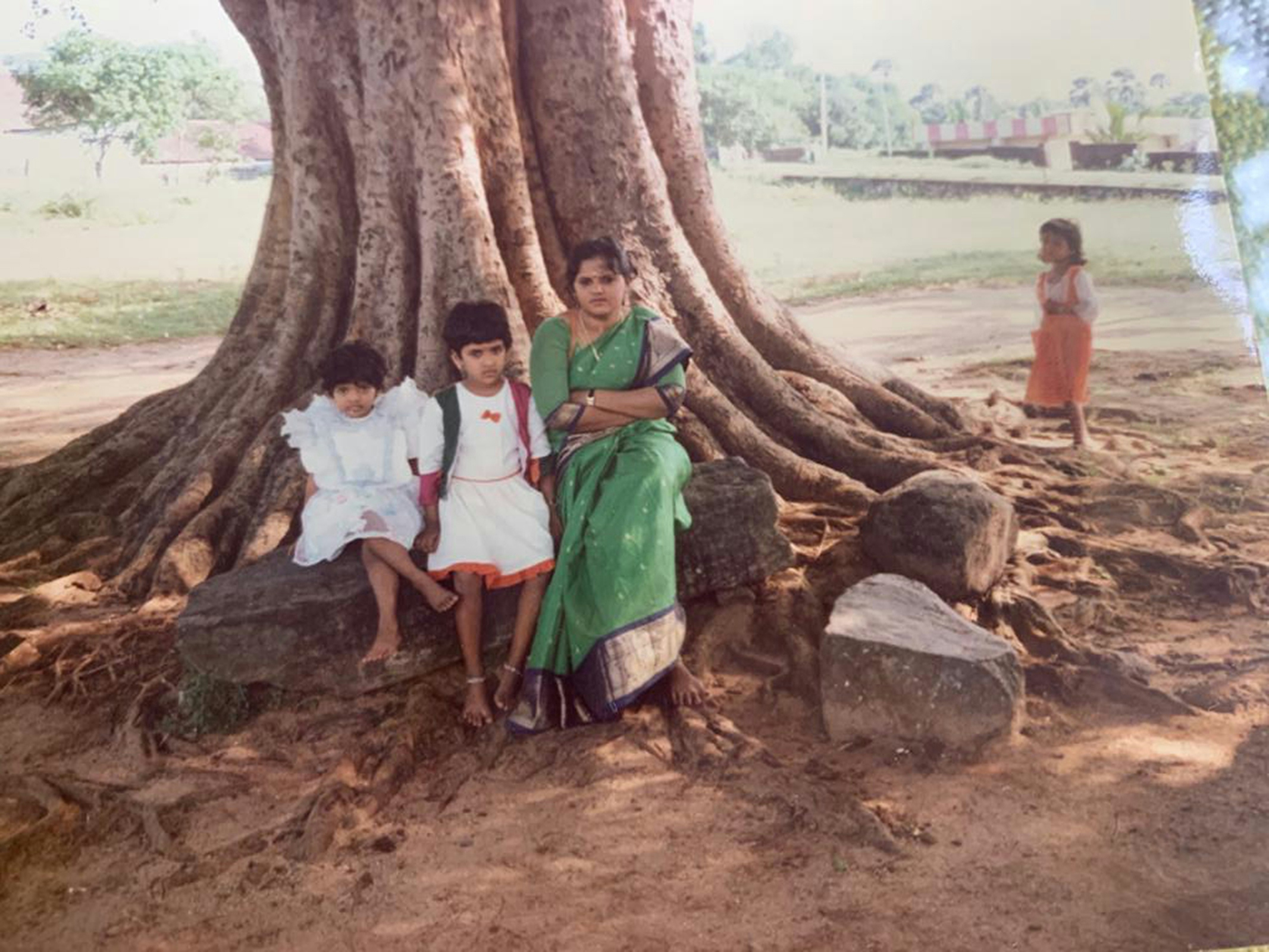
I find Palakkad in mundane life things; the reminders are everywhere, but mostly in the little sweet piece of jaggery I eat after most meals. Jaggery is a sweet concentrate that can be made from cane juice, date or palm sap. The word jaggery comes from Sanskrit शर्करा (śarkarā) the root word for sugar.
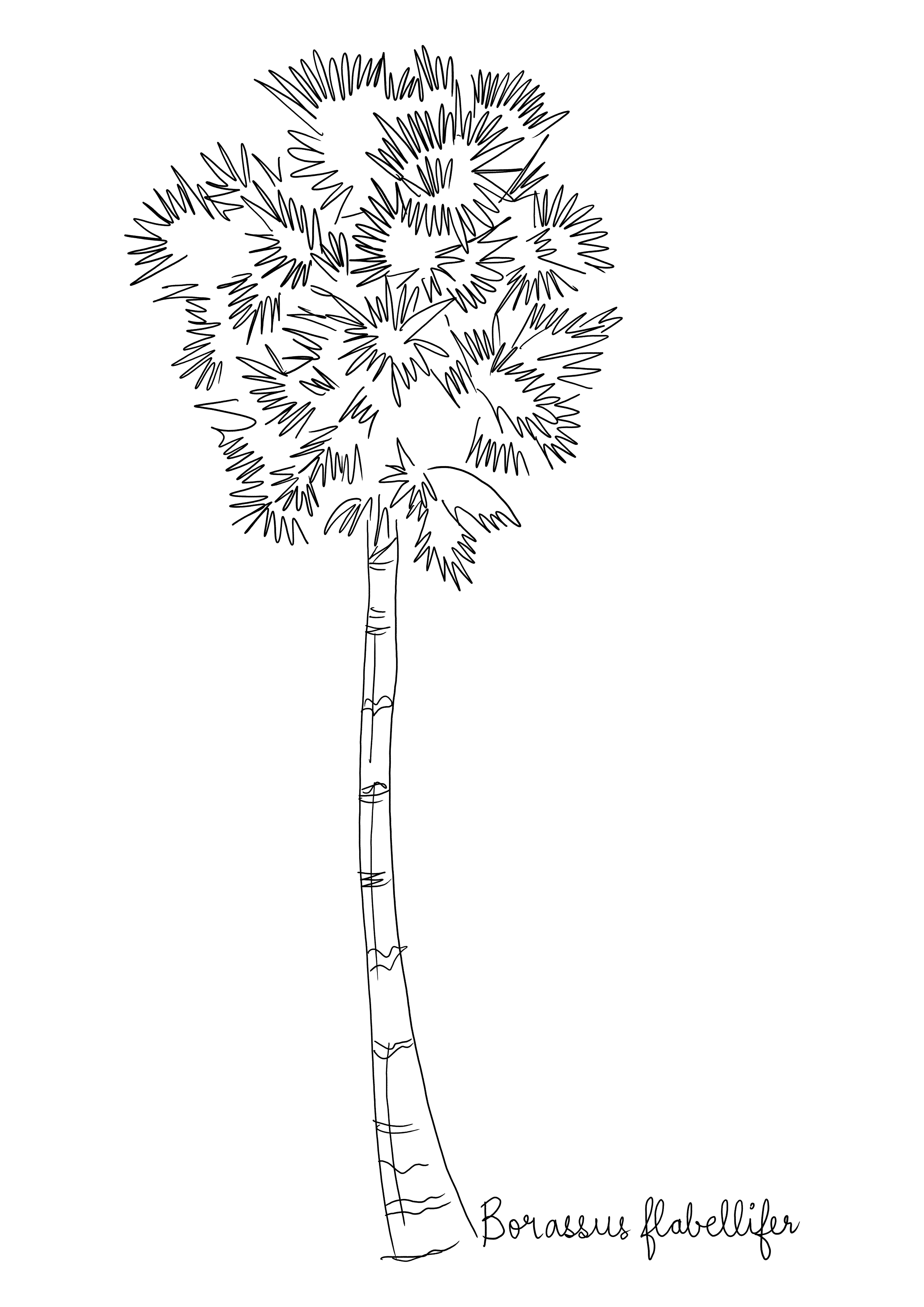
The most distinctive feature of the Palakkad landscape are these tall palms with fan-shaped leaves called Borassus flabellifer. It is also known as the palmyra or 'thaadi' palm ( ताडी ), as well Karpakatharu or wishing tree.
Borassus flabellifer grows in a wide range of conditions and has a plethora of applications. It has for the longest time in history been exploited for edible, medicinal and other uses like weaving, thatching hats, mats, fans and baskets, even as roofs for houses amongst countless other uses. Some of the most ancient literature in the South of India are recorded in the leaves of the palmyra palm, where it is known as 'the tree with 800 uses'.
These palms can tolerate a drought for over 2 years and scale a height of over 30 metres. They happily grow in sand as well as in areas with high rainfall, can tolerate temperatures as high as 40 degrees and as low as zero. In 2004 when the Boxing Day tsunami flattened buildings to the ground in Tamil Nadu, the palmyra stood tall. Quite bulletproof. Unfortunately though, a lot of these palms are being felled to fire brick kilns and only grown where higher value crops like coconut and sugarcane fail to establish.
The sap is collected by tapping the shoots of the young flower. Traditionally earthen pots coated in lime are hung off the trees to collect this. This sugary sap is called toddy or 'thaadi'. Thaadi can be consumed fresh. Thaadi palm fruits known as ‘Thati munjalu’, are eagerly awaited in the peak of the hot Indian summer where the fruits are consumed to cool the body down. The juice is even known to soothe prickly heat rashes in children. When fermented, thaadi can be used to make an alcoholic beverage, or it can be concentrated to make jaggery (pana vellam, gur गुड़).
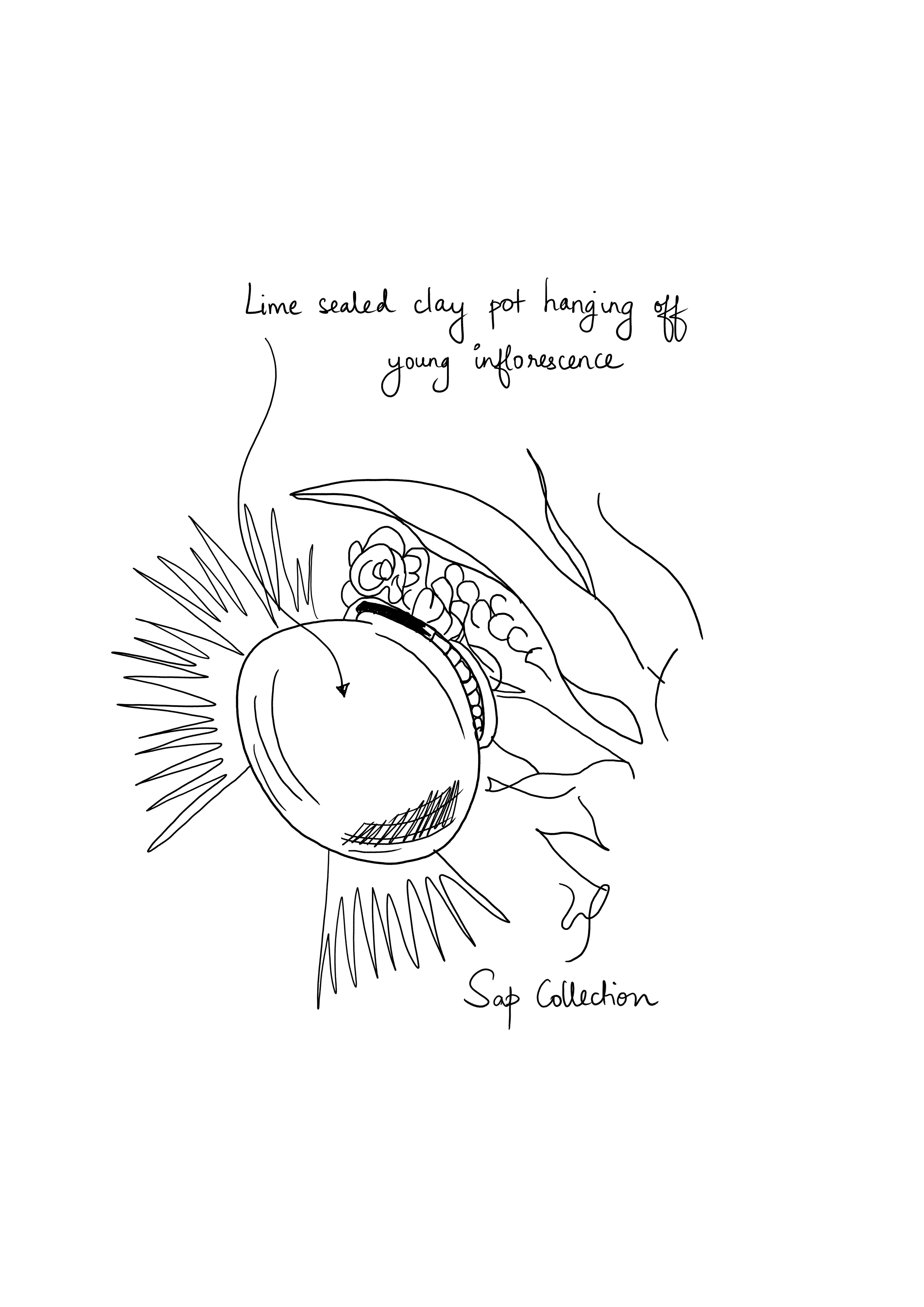
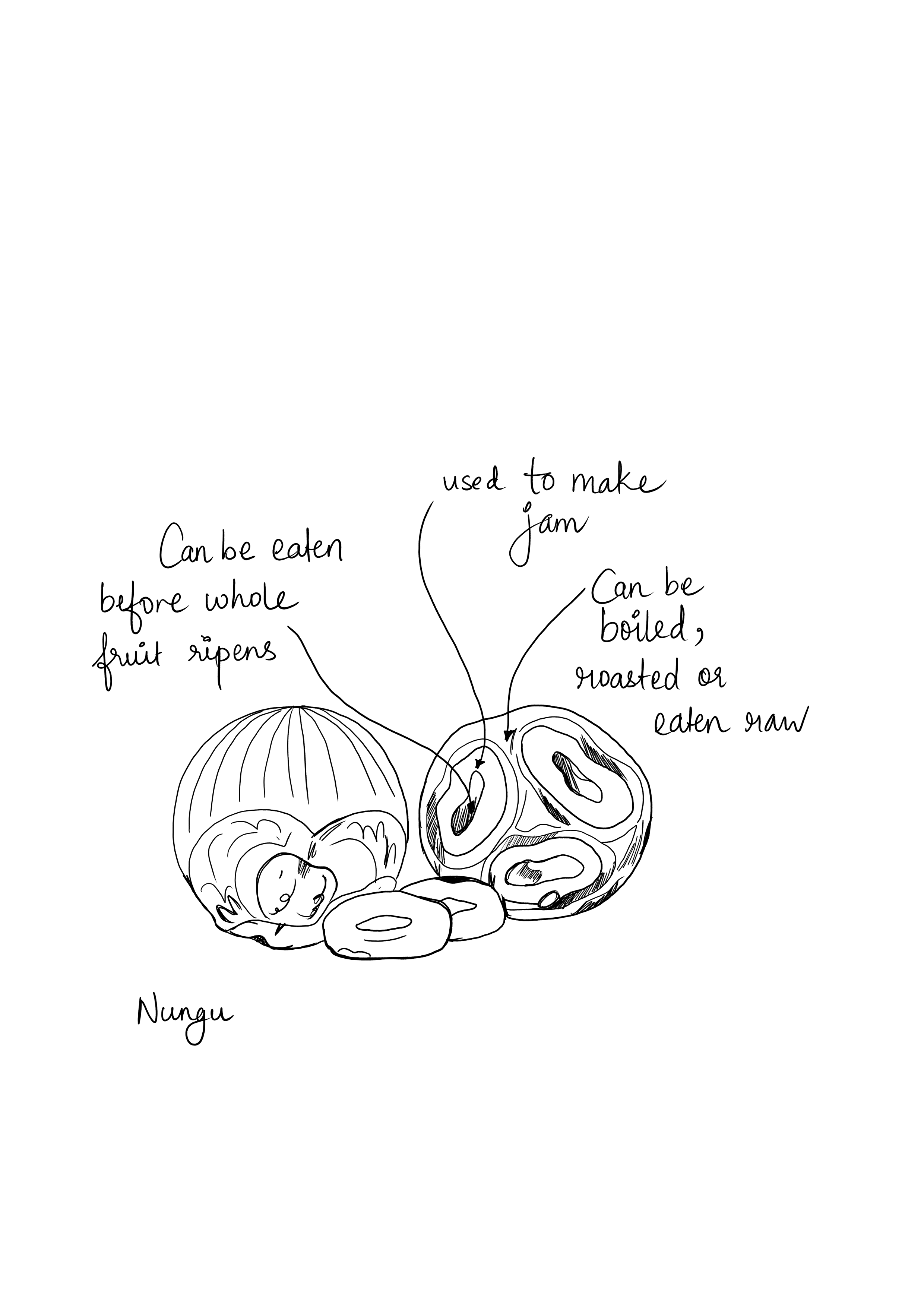
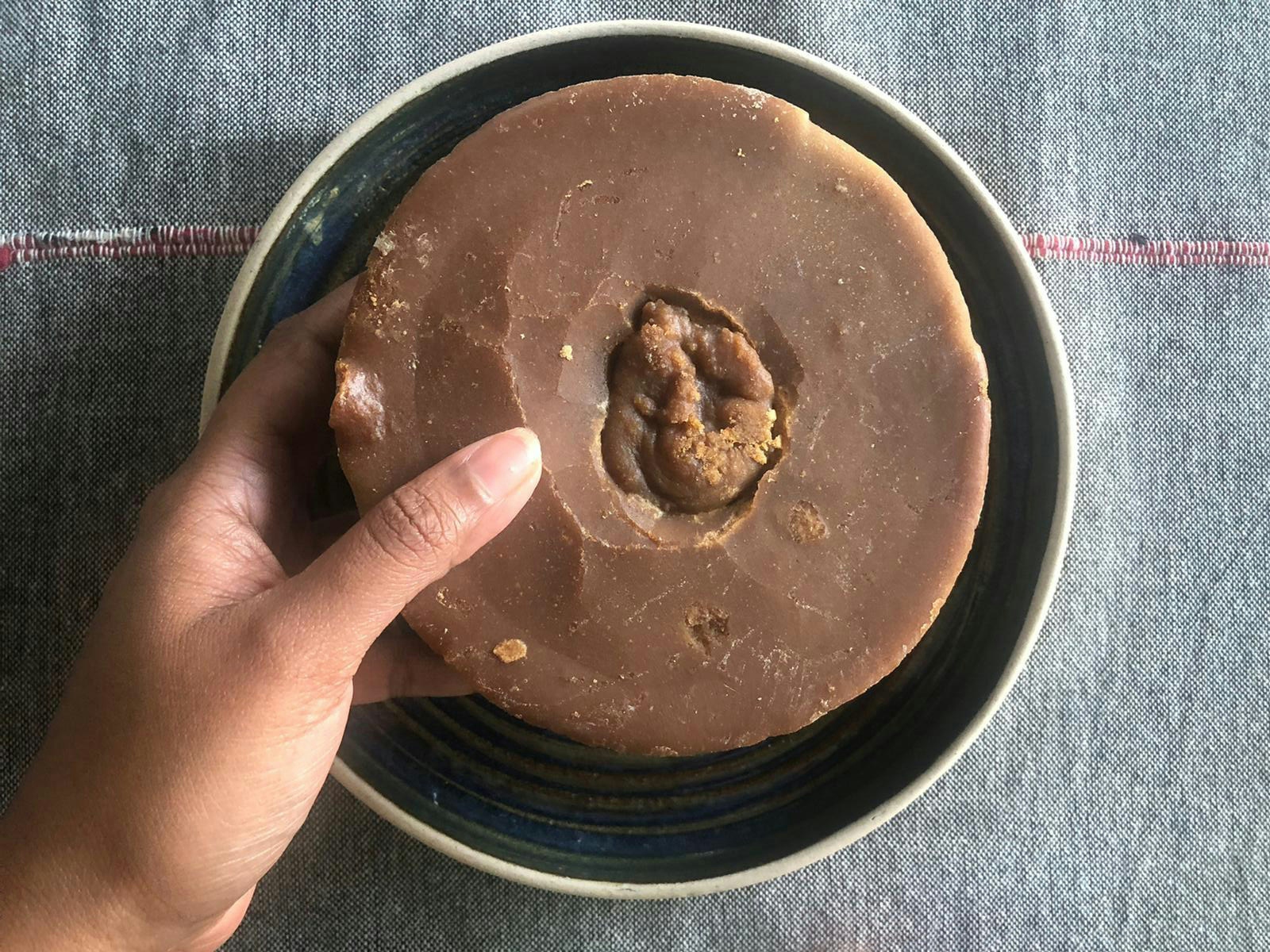
This rich block of jaggery was added to my spoils from this year’s visit to the motherland by a very close family friend. He always brings back the most delicious local produce from his hometown in West Bengal.
I am going to make good use of it by making til gud, a high protein laddoo prepared with roasted sesame seeds, peanuts, desiccated coconut and jaggery to bind it all!
Words & Illustrations by Natasha Iyer
Join Our Newsletter
XANTHE WHITE DESIGN
Auckland Studio
Phone: 09 815 1187
Email: info@xwd.co.nz
XANTHE WHITE DESIGN
Wellington Studio
Email: wellington@xwd.co.nz